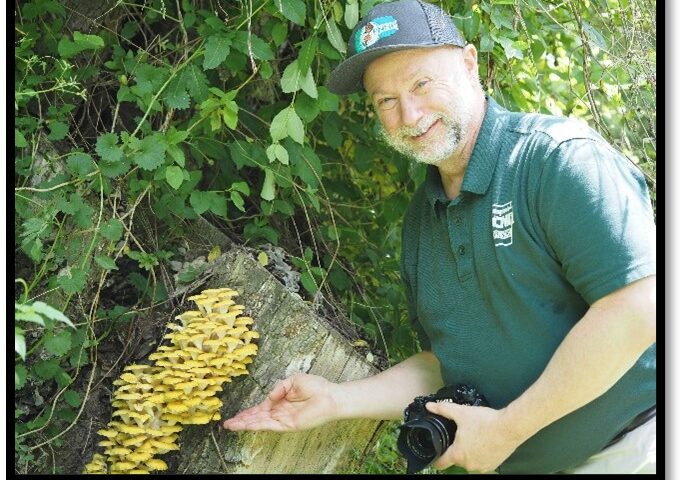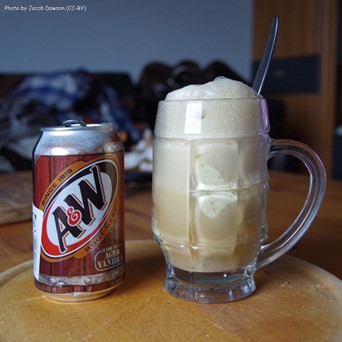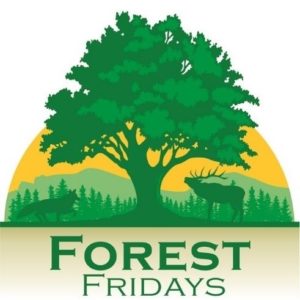
By Jeff Woleslagle
When we note all the uses for wood that we see all around us, like buildings, tools, and furniture, it can be easy to overlook some of the less common items.
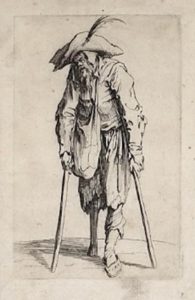 Consider the use of wood in early prostheses prior to more modern materials, for example. François or Francis Le Clerc, known as “Jambe de Bois” or “Peg Leg” may be one of the most famous. He was a 16th-century French privateer, originally from Normandy, who died in 1563. He is thought to be the first pirate in the modern era to have a wooden leg. He was often the first to board an enemy vessel during an attack and it was this fearless style that eventually caused him to suffer the loss of a leg and severe damage to one arm while fighting the English in 1549. Although many pirates would have had their careers ended by such a traumatic injury, Le Clerc refused to leave piracy.
Consider the use of wood in early prostheses prior to more modern materials, for example. François or Francis Le Clerc, known as “Jambe de Bois” or “Peg Leg” may be one of the most famous. He was a 16th-century French privateer, originally from Normandy, who died in 1563. He is thought to be the first pirate in the modern era to have a wooden leg. He was often the first to board an enemy vessel during an attack and it was this fearless style that eventually caused him to suffer the loss of a leg and severe damage to one arm while fighting the English in 1549. Although many pirates would have had their careers ended by such a traumatic injury, Le Clerc refused to leave piracy.
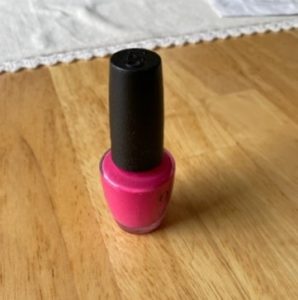 To go in a different direction, consider nail polish. Nail polish uses nitrocellulose derived from wood, which strengthens and quickly dries the polish. Nitrocellulose is a highly flammable compound formed by nitrating wood cellulose through exposure to a mixture of nitric acid and sulfuric acid.
To go in a different direction, consider nail polish. Nail polish uses nitrocellulose derived from wood, which strengthens and quickly dries the polish. Nitrocellulose is a highly flammable compound formed by nitrating wood cellulose through exposure to a mixture of nitric acid and sulfuric acid.
Another use is in chewing gum! Amazingly, it is believed that chewing gum has been around since the Stone Age. It is speculated that the first gum to have ever existed is the chicle gum, derived from the sap of the sapodilla tree. Chicle, or sap, is white and has a gummy consistency. Chicle eventually became the most commonly used substance in the making of chewing gum. In fact, the famous Chiclets brand of chewing gum is derived from the word “chicles”. Other civilizations have used other substances but almost all of them were retrieved from trees. In ancient Greece, they used mastic tree bark as a resinous chewing gum.
The number of useful things we get from trees and wood products is simply incredible, from medicines to toothpaste, inks, and even ice cream! While typical uses of wood are well known, it’s interesting to consider some of the more obscure applications of wood products in the materials around us.
Forest Fridays is a feature of the DCNR Bureau of Forestry.



